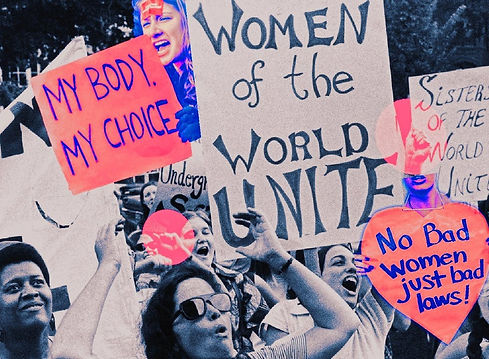Elizabeth Cady Stanton
The first feminist
her activities
what she did in her life

World Anti-Slavery Convention
While on their honeymoon in England in 1840, the Stantons attended the World Anti-Slavery Convention in London. Elizabeth was appalled by the convention's male delegates, who voted to prevent women from participating even if they had been appointed as delegates of their respective abolitionist societies. The men required the women to sit in a separate section, hidden by curtains from the convention's proceedings. William Lloyd Garrison, a prominent American abolitionist and supporter of women's rights who arrived after the vote had been taken, refused to sit with the men and sat with the women instead.
Lucretia Mott, a Quaker minister, abolitionist and women's rights advocate, was one of the women who had been sent as a delegate. Although Mott was much older than Stanton, they quickly bonded in an enduring friendship, with Stanton eagerly learning from the more experienced activist. While in London, Stanton heard Mott preach in a Unitarian chapel, the first time Stanton had heard a woman give a sermon or even speak in public. Stanton later gave credit to this convention for focusing her interests on women's rights.
Married Women's Property Act
The status of married women at that time was in part set by English common law which for centuries had set the doctrine of coverture in local courts. It held wives were under the protection and control of their husbands. In the words of William Blackstone's 1769 book Commentaries on the Laws of England : "By marriage, the husband and wife are one person in law: that is, the very being or legal existence of the woman is suspended during the marriage." The husband of a married woman became the owner of any property she brought into a marriage. She could not sign contracts, operate a business in her own name, or retain custody of their children in the event of a divorce. In practice some American courts followed the common law. Some Southern states like Texas and Florida provided more equality for women. Across the country state legislatures were taking control away from common law traditions by passing legislation


Dress reform
In 1851, Elizabeth Smith Miller, Stanton's cousin, brought a new style of dress to the upstate New York area. Unlike traditional floor-length dresses, it consisted of pantaloons worn under a knee-length dress. Amelia Bloomer, Stanton's friend and neighbor, publicized the attire in The Lily, a monthly magazine that she published. Thereafter it was popularly known as the "Bloomer" dress, or just "Bloomers." It was soon adopted by many female reform activists despite harsh ridicule from traditionalists, who considered the idea of women wearing any sort of trousers as a threat to the social order. To Stanton, it solved the problem of climbing stairs with a baby in one hand, a candle in the other, and somehow also lifting the skirt of a long dress to avoid tripping. Stanton wore "Bloomers" for two years, abandoning the attire only after it became clear that the controversy it created was distracting people from the campaign for women's rights. Other women's rights activists eventually did the same.
Divorce reform
Stanton had already antagonized traditionalists in 1852 at the women's temperance convention by advocating a woman's right to divorce a drunken husband. In an hour-long speech at the Tenth National Women's Rights Convention in 1860, she went further, generating a heated debate that took up an entire session. She cited tragic examples of unhealthy marriages, suggesting that some marriages amounted to "legalized prostitution." She challenged both the sentimental and the religious views of marriage, defining marriage as a civil contract subject to the same restrictions of any other contract. If a marriage did not produce the expected happiness, she said, then it would be a duty to end it.Strong opposition to her speech was voiced in the ensuing discussion. Abolitionist leader Wendell Phillips, arguing that divorce was not a women's rights issue because it affected both women and men equally, said the subject was out of order and tried unsuccessfully to have it removed from the record.
